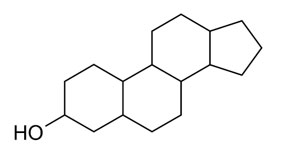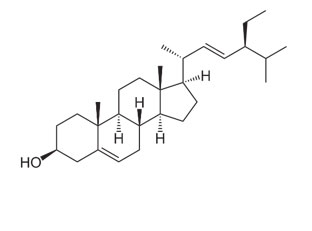KJC Medicinal Garden
Huhonne
Calophyllum calaba
Order: Malpighiales
Family: Calophyllaceae
Genus: Calophyllum
Species: x sinensis
Common Names: Attupunna, Punna Poon spar of Travancore, cherupuna, manjapunna, Porapunna
Native to Sri Lanka, Asia
Other plants of the same genus with medicinal properties
-
C.brasiline
C.apetalum
C.caudatum
C.insularum
C.morobense
C.nubicola
- It is 20nm high, bark 15-18mm thick.
- It surface is yellowish-brown, reddish-brown inside rough and deeply fissured
- Leaves : Dark green with numerous parallel , lateral veins and very dense foliage.
- The bark has many diamond -Shaped fissures.
Uses in Tradition systems of medicine
- It Having antileprous properties and to be of value against skin diseases and the bites of insects.
- They also note that the ground root mixed with oils used as a remedy for pimple, skin eruptions etc.
- The wood is used for construction, bullock cart poles, spars and axe handles.
- Kernel oils - 1.olic acid (39.1-50%) 2.Linoluic acid (21.7-31.1%)
- Stearic (13.4-14.3%)
- Palmitic (11-13.7%)
- Unsaturated Fatty acid (70.8-73.10%)
Suggested Medicinal Properties
- Anti-microbial
- Antiviral activity
- Antibacterial
- Wound healing activity
- Antiseptic Activity
Active Phytochemicals
1. Triacylglycerol
A Triglyceride (TG , Triacylglycerol, TAG OR Triacylglyceride) is an ester driver from glycerol and three fatty acids. Triglycerides are the main constituents of body fat in humans and other vertebrates, as well as vegetable fat. They are also present in the blood to enable the bidirectional transference of adipase fat and blood glucose from the liver and are a major component of human skin oils .

2.Sterol:
Sterol is an organic compound with formula C17H28O, whose molecule is derived from that of gonane by replacement of a hydrogen atom in position 3 by a hydroxyl group. It is therefore an alcohol of gonane. More generally, any compounds that contain the gonane structure, additional functional groups, and/or modified ring systems derived from gonane are called steroids.

3. Tocopherols
4. Beta-Sistosterol
5.Stigmasterol:
Stigmasterol – a plant sterol (phytosterol) – is among the most abundant of plant sterols, having a major function to maintain the structure and physiology of cell membranes. In the European Union, it is a food additive listed with E number E499, and may be used in food manufacturing to increase the phytosterol content, potentially lowering the levels of LDL cholesterol.

References
Weaver, P. L. (1990). "Calophyllum calaba". In Burns, Russell M.; Honkala, Barbara H. (eds.). Hardwoods. Silvics of North America. Washington, D.C.: United States Forest Service (USFS), United States Department of Agriculture (USDA). 2 – via Southern Research Station (www.srs.fs.fed.us)
Crane, S; Aurore, G; Joseph, H; Mouloungui, Z; Bourgeois, P (2005). "Composition of fatty acids triacylglycerols and unsaponifiable matter in Calophyllum calaba L. oil from Guadeloupe". Phytochemistry. 66: 1825–31. doi:10.1016/j.phytochem.2005.06.009. PMID 16045947